
Furiosa: A Mad Max Saga is almost upon us. Fire up your engines for what is surely going to be a spectacular summer blockbuster spectacle, one that catapults us back into the chaotic and thrilling Mad Max universe.
Anya Taylor-Joy plays Furiosa before she became the Imperator in the latest onslaught of vehicular mayhem from director George Miller.
Avoiding spoilers, here's how Furiosa differs from the events of Mad Max: Fury Road. The latter film was released in 2015 with Charlize Theron in the title role but is positioned chronologically later in the Mad Max timeline.
1. It plays out over a longer span of time
Whereas Fury Road was condensed into a mere few days, Furiosa takes place on a much broader canvas. We begin with the child Furiosa who occupies the first third of the movie before we jump ahead some 15 years to be introduced to Anya Taylor-Joy as the older Furiosa.
Aesthetically, the movie owes a debt to Fury Road but if that film was a slim, action-packed novella, this is aiming for the sprawling, War and Peace approach with more characters, more settings and more plot strands as we bear witness to the evolution of Furiosa's singular character.
2. It also plays out in chapters
Fury Road was a stripped-down, single-minded blast of mayhem that got in and got out. Furiosa has greater ambitions on its mind, which is further underlined by the novelistic chapter headings that segment the storyline at key points.
The titles of these sections range from 'The Pole of Inaccessibility' to 'Lessons from the Wasteland'. It's therefore evident that returning director George Miller is wearing his literary and dramatic ambitions much more earnestly on his sleeve than he did in Fury Road.
3. We get to see more of the Wasteland
No spoilers, but Furiosa is about more than just the Citadel and the Wasteland surrounding it, although both environments play an important part.
Furiosa's ongoing conflict with Dementus steers us towards environments like the smoke stack-laden Gas Town, which is rendered in Miller's memorably dystopian, post-apocalyptic, nightmarish style.
4. It's driven by greater amounts of dialogue and backstory
Fury Road was distinguished by its thousand-yard stares and roaring, souped-up engines more than expositional dialogue, although there was some of that when the older Furiosa spoke about the Green Place. Mostly however, the film honoured the physical spirit of silent cinema and slapstick.
Furiosa has the actors being much more verbose, starting with the child Furiosa's upbringing in the Green Place, her kidnapping and her introduction to the loquacious villain Dementus (Chris Hemsworth, who's evidently having a blast).
Furiosa is essentially a two hour plus exercise in scene-setting and the explicable dialogue continues throughout, particularly in the complex war of resources that plays out between Dementus and the younger Immortan Joe (Lachy Hulme replacing Hugh Keays-Byrne).
5. It's a Mad Max film without Mad Max
Even though Furiosa ultimately stole the show in Fury Road, it was still a Mad Max film in name and spirit. The presence of Tom Hardy's growling, animalistic survivor helped establish an all-important franchise connection to the Mel Gibson-led Mad Max movies from the 1980s.
Furiosa is unique in that it's the first Mad Max film where the saga's signature character is absent. This allows the character of Furiosa to stand alone and lead the movie, not to mention the overall saga, in an empowering new direction.
Click the following link to book your tickets for Furiosa: A Mad Max Saga. It opens on May 24th.
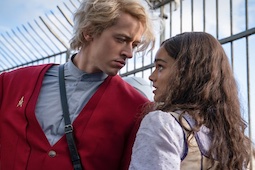
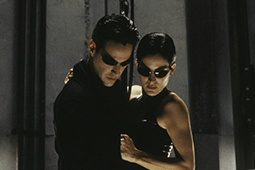
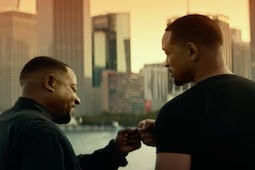

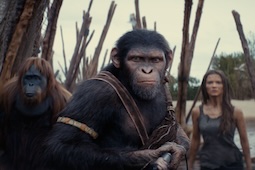

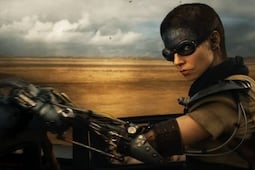
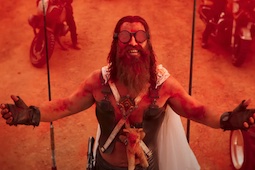

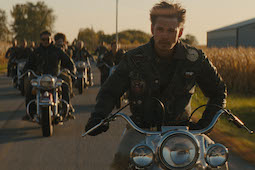
.jpg)


.jpg)
.png)






